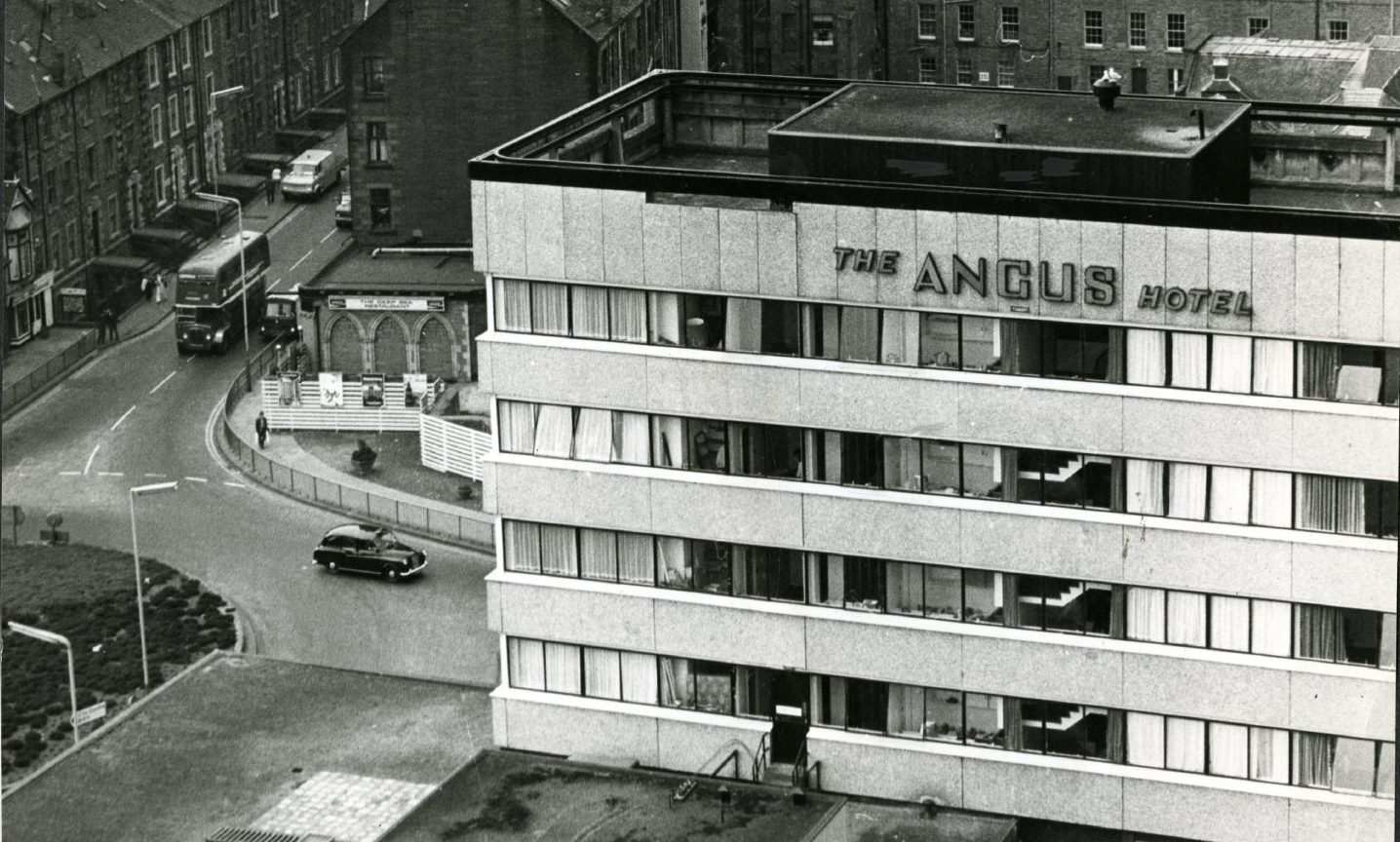
The Angus was Dundee’s top hotel and its hallways were known to a number of celebrities.
David Bowie, Billy Connolly, Freddie Mercury, Cliff Richard, Rod Stewart and the Sex Pistols were among the A-list stars who stayed at the iconic hotel.
Britt Ekland, David Essex, Liz Hurley and Margaret Thatcher also marched through the lobby and signed the guest book.
The six-storey Angus Hotel opened 60 years ago and cost £450,000 to build and £52,000 to furnish.
The silverware in the dining room was valued at £10,000.
The Angus epitomised the height of luxury for generations of Dundonians.
A million bricks and 1,000 tons of structural steel were used in the building of the hotel, which was part of the Overgate redevelopment scheme.
Green was the predominant colour throughout the 60-bedroom hotel.
It was designed by Dundee architect Ian Burke for Scottish and Newcastle Breweries.
How much would you pay for a room?
Prices on opening in March 1964 ranged from 40 shillings per night for a single room to 160 shillings for a double private suite, which included breakfast.
Prosen, Esk, Isla, and Clova were four private suites named after a glen in Angus.
The large windows were veiled with lined curtains.
The function suite of the hotel was separate from the residential area and overlooked the Nethergate.
An Evening Telegraph advertising feature said 3,000 yards of carpeting in “muted gold” were used.
The furniture was “exclusively designed for the hotel”.
The dining-room waitresses uniform was “sage green dresses with white piping” to blend with the colour scheme.
The porters wore “donkey brown and green”.
The Glamis Lounge and the Nethergate Bar were two pubs on the ground floor.
Beyond the reception desk, on the first floor, a wide, mahogany stairway invited residents and guests to the first-floor lounge and cocktail bar.
Head cocktail barman was Luigi Brivonese from Venice.
The Angus Hotel’s function rooms were the Claverhouse Ballroom and the smaller Graham Room.
Together, they could seat 500 for a banquet or 700 for a conference.
Head waiter Alex Delworth arrived from the North British Hotel in Edinburgh.
More than 100 staff took care of guests
The Angus Hotel’s chef was George Price, who went to catering school in Belgium and came from the Palace Hotel in Torquay.
He was engaged to chief receptionist Isobel Robertson.
All the cooking was done by gas in March 1964 and there were “eight refrigerators, eight ovens and a roasting oven with seven shelves”.
There was a first-floor television room and a residents’ lounge equipped with writing desks, three-piece suites and teak long-john tables.
Looking after the luggage was head porter James Thompson from Dundee.
More than 100 staff tended to the guests.
It was the place to be.
Anyone who was anyone would stay at the Angus Hotel when they visited Dundee.
The Angus Hotel was a home from home for music stars
David Bowie and the Spiders From Mars brought the Ziggy Stardust Tour to the Caird Hall in Dundee on May 17 1973 and whipped the crowd into a frenzy.
That exuberance spilled over after the concert.
Bowie found himself trapped at his car and had to be dragged to safety by his bodyguard Stuey George.
Bowie was whisked away to the Angus afterwards where the band had a late evening in the bar and drank several Irish coffees into the wee small hours.
It may not have had decent parking, but its close proximity to the venue meant stars could make the journey back to their rooms reasonably unscathed.
David Essex climbed out through the back window of a Range Rover that reversed right up to the front doors of the Angus in 1975.
It was certainly one way to shake off his adoring fans.
How did Freddie Mercury sign in to Dundee hotel?
Freddie Mercury, Brian May, Roger Taylor and John Deacon spent two nights in December 1975 before the Dundee leg of Queen’s A Night at the Opera tour.
Mercury signed in under the assumed name of Alfred Mason.
The Angus was also the only place Bond girl Britt Ekland wanted to be when she arrived in January 1977 with boyfriend Rod Stewart.
Rod the Mod performed back-to-back nights at the Caird Hall and in between he watched his beloved Celtic taking on Dundee United at Tannadice.
Rod arrived shortly after the start of the game but Britt had to cancel her trip to Tannadice at the last minute because of a heavy cold.
A spokesman at the Angus Hotel said Britt was sleeping in her room.
She left orders not to be disturbed.
Billy Connolly didn’t want to leave the Angus Hotel
Dundee journalist Fraser Elder organised the first William McGonagall Supper at the Angus in 1980 to raise funds for the new Dundee Rep Theatre in Tay Square.
Billy Connolly was a lifelong fan of the hopeless wordsmith.
He delivered the Immortal Memory, which predictably brought the house down.
He enjoyed the evening so much that he didn’t want it to end at midnight and invited the stragglers to the lounge.
The Big Yin said he had a very special surprise for everyone.
He had sent an order over to the Deep Sea Restaurant to make up 100 chip butties that were delivered around midnight.
The Angus Hotel manager was persuaded to hold a lock-in.
Connolly was still holding court as the sun was coming up.
Boxers Ken Buchanan, Jim Watt and Terry Spinks were there in December 1980.
A testimonial dinner for Dundee United’s Jim McLean in February 1984 was attended by Alex Ferguson, Lawrie McMenemy and Jock Stein.
And Jocky Wilson kept the bar staff busy in August 1984 when he took part in a charity darts exhibition at the Angus that included a match against George Kerr.
The wee Fifer won against the former Dundee boxer.
Dundee was transformed into Berlin under Adolf Hitler’s rule in 1988 for the four-part BBC drama Christabel, which was written by Dennis Potter.
The Angus crumbled like wartime Berlin
The life story of author Christabel Bielenberg was played by 23-year-old Elizabeth Hurley, who was a guest at the Angus for several weeks during the filming.
By the 1980s the Overgate was looking rather rundown and neglected.
Eventually it was decided to radically redevelop the centre.
This meant the Angus Hotel, Overgate House and the entire west end of the old shopping mall were demolished.
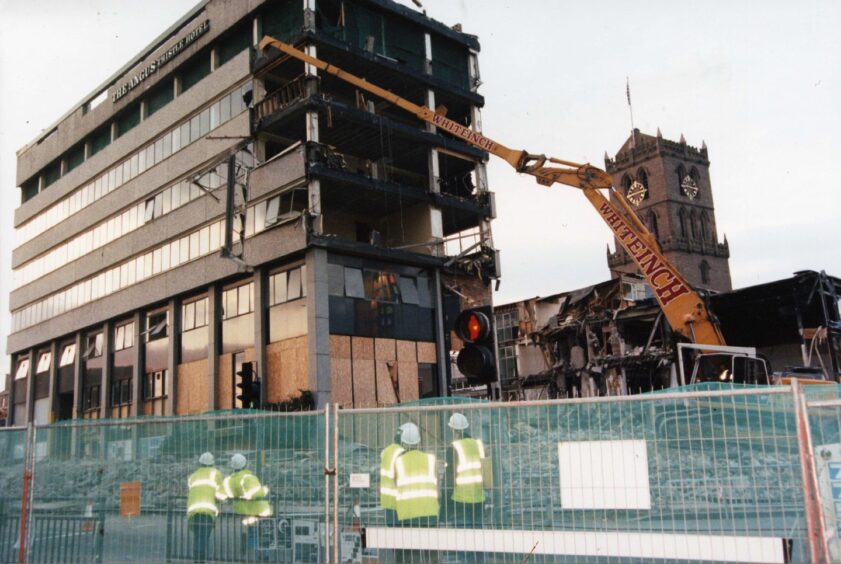
The demolition of the Angus happened piece by piece from 1998.
The windows were removed first, followed by its other fixtures and fittings.
A 70-tonne German demolition machine was responsible for toppling the building.
This was dubbed a “criminal act” by some Dundonians.
But while the building is long gone, the memories can never check out.
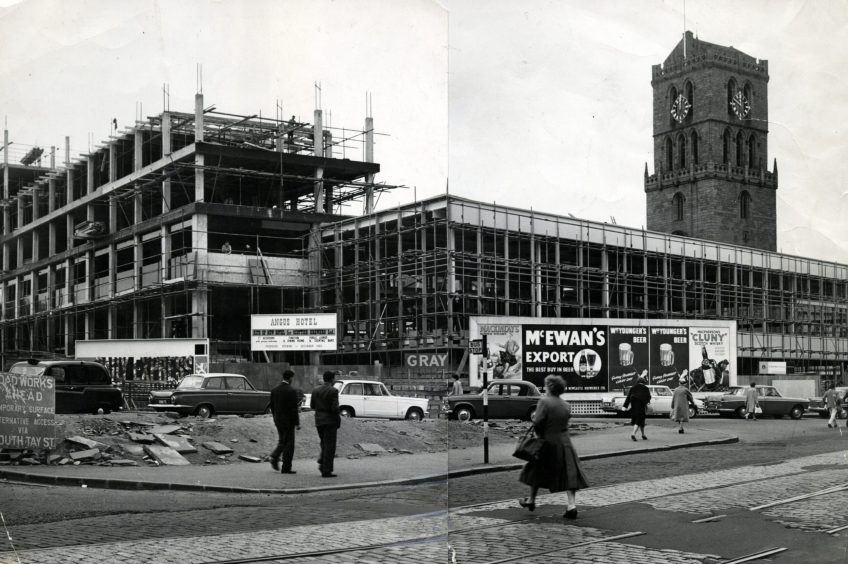
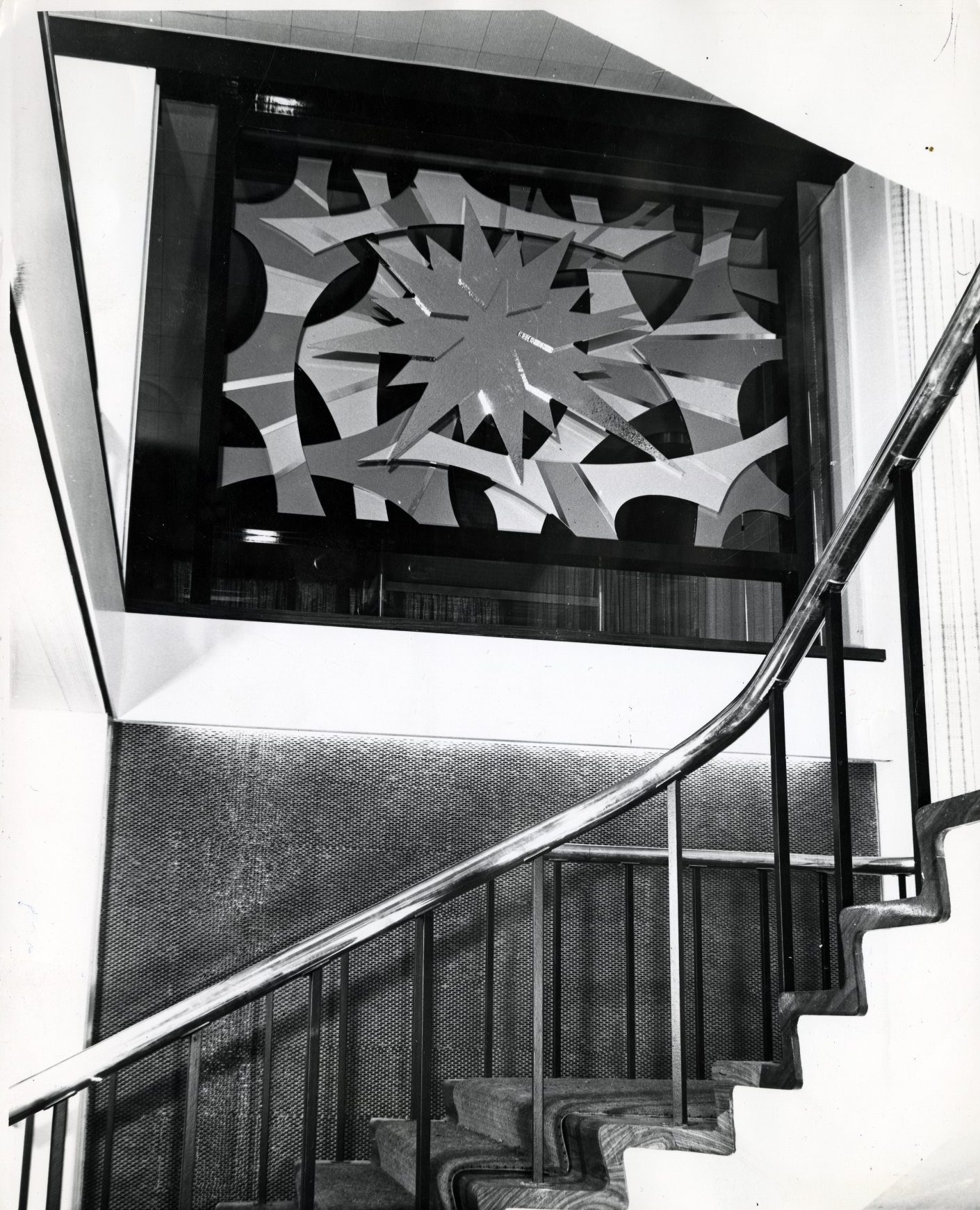
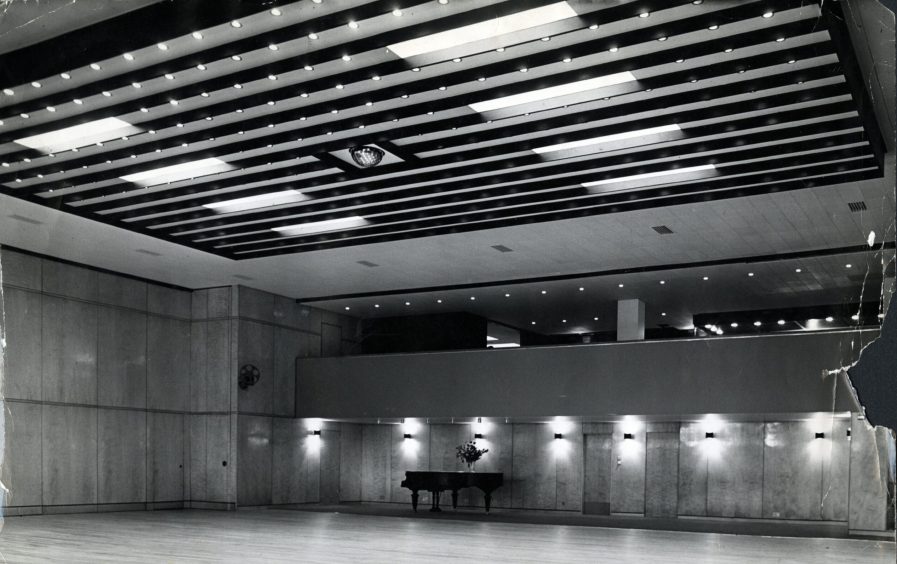
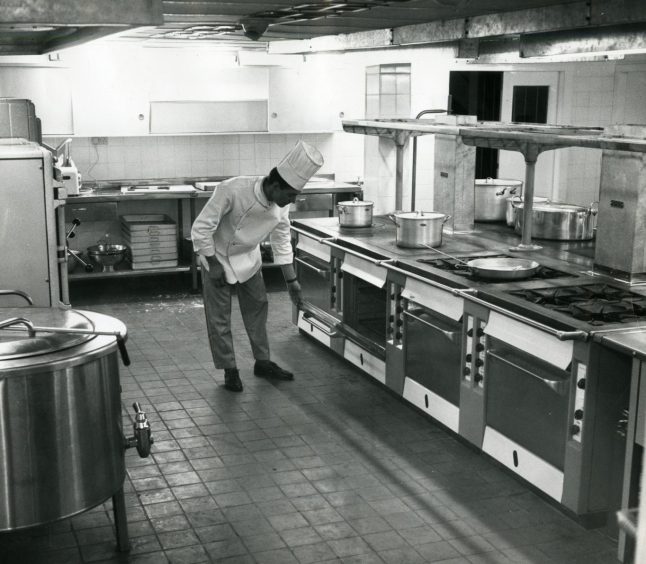
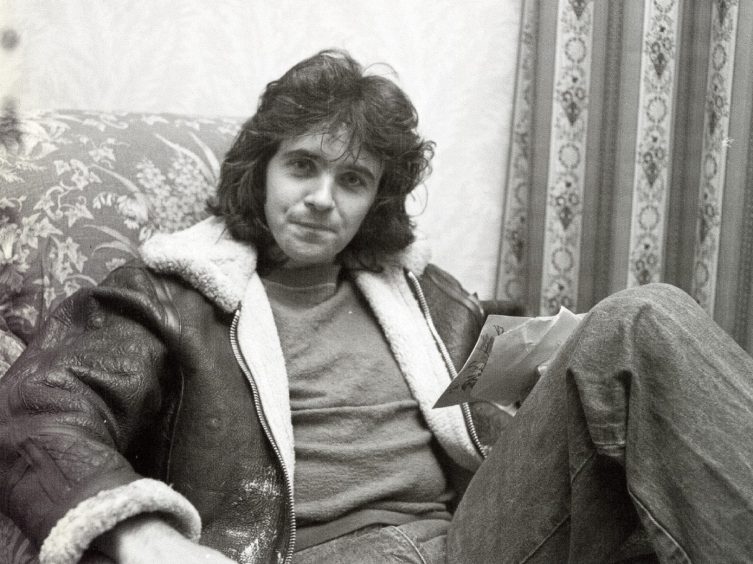
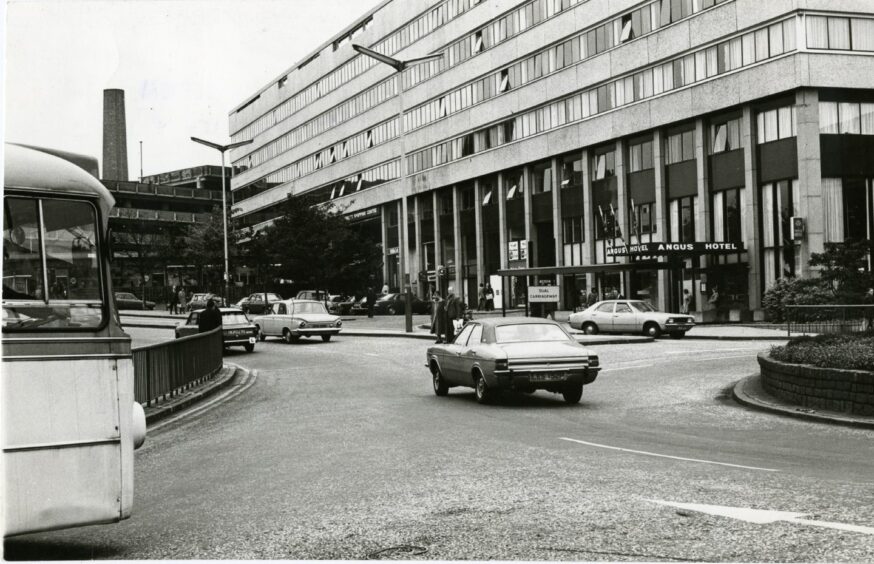
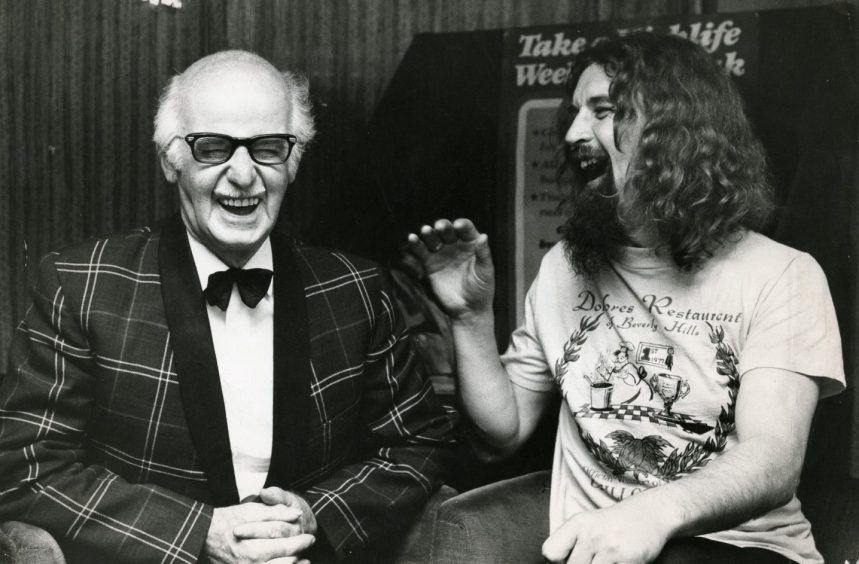
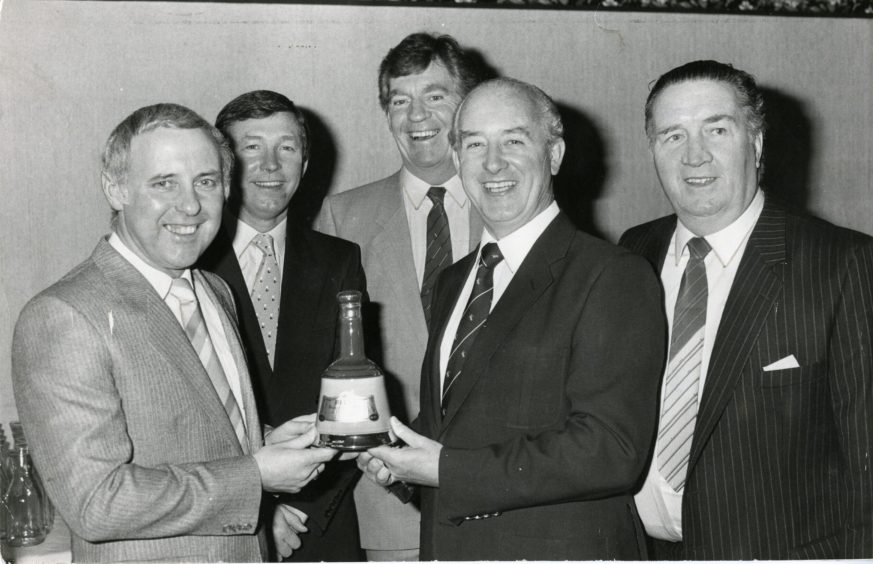
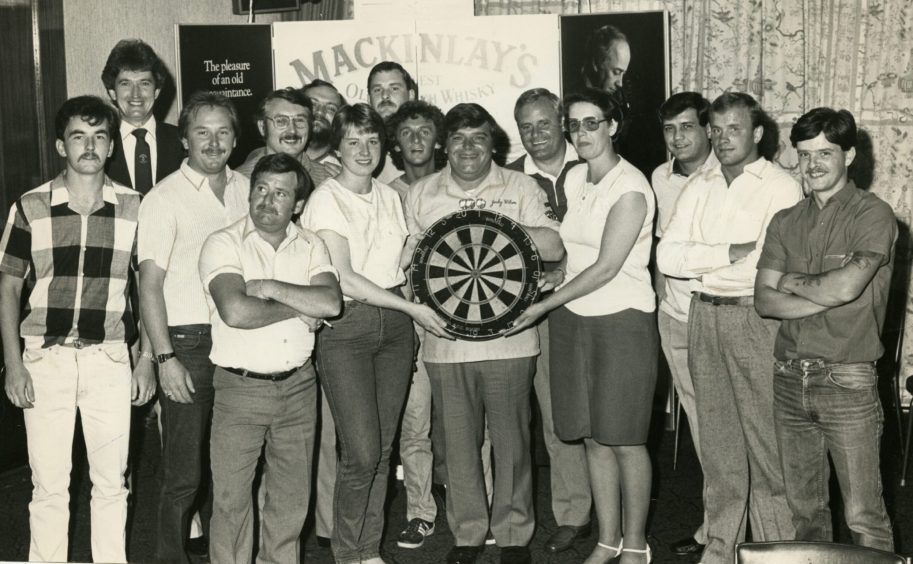










Conversation